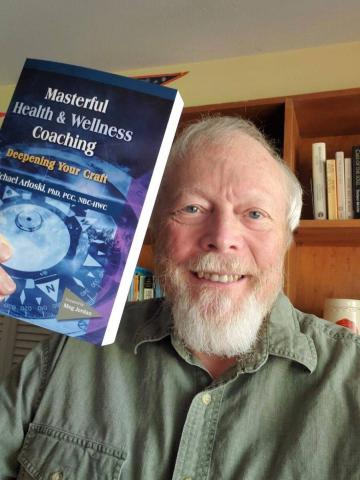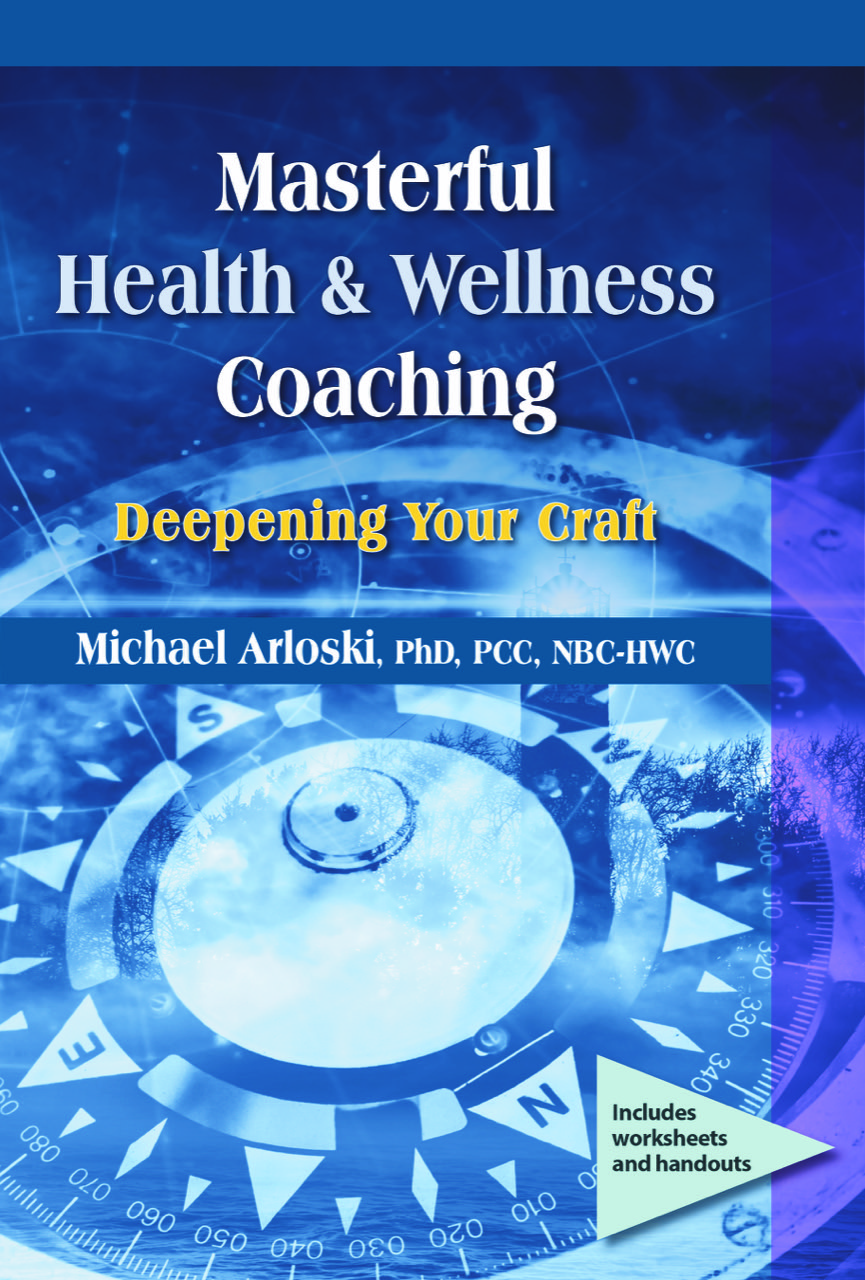Wading Into the Lake of Emotion: a Metaphor for Coaches

Health and Wellness Coaches seek to serve their clients the best they know how. People have been drawn to do this work because they care about people and want to assist them in their journey to living their best life possible. To do this we bring forward our best utilization of coaching competencies, behavioral change theories, evidence-based practices and methodologies. However, as the authors of Co-active Coaching (https://coactive.com/resources/books/coactive-coaching-4th-edition) remind us “Sometimes the most important change happens at the internal level and may even be necessary before external change can take place.”[/caption]
To help that internal shift take place coaches must be competent at working with emotions. The perpetual challenge for most coaches whether they have a mental health background or not, is how to do so and ‘stay in the coach lane’ - within their scope of practice as a coach. For fear of straying out of that lane into the fast-lane of counseling and psychotherapy, many coaches shy away from what I will call wading into the lake of emotions. Let me use that phrase to share with you a simple, yet hopefully helpful metaphor.

The Lake of Emotions
Perhaps you’ve experienced wading into a body of water on a nice summer’s day. A calm lake or pond, a shallow and calm part of the ocean, or even a swimming pool. For our metaphor, let’s consider a lake. As you look out in front of you it is easy to see the bottom of the lake, perhaps sandy, perhaps rocky. The water is clear, and you can start to take a few steps into the shallow water confidently.
Further out into the lake the bottom seems to disappear into darkness. You’re not sure how deep it gets.
As your coaching client begins to wade into such a lake of emotion it seems easy enough to wade in with them, to empathize, to reflect the feelings that are being brought forth. Afterall, it is still shallow and clear. You can see and feel the bottom under your bare feet.
As this process of exploring emotion begins, what is happening for you the coach? Are you able to stride forward with your client as they talk more about what they are aware of, about how they feel? When your client expresses those feelings are you able to stay with them as the lake gets deeper? Are you beginning to wonder how deep your client wants and needs to go?
Perhaps you look back to the shore and want to retreat to solid ground, to dry land. You do so by failing to empathize, by asking questions that get your client ‘up in their head’ and away from their feelings. Instead of helping them to connect with the water they are in, and feel and express their feelings, perhaps we begin to backpedal towards the shore and shift the topic to something less wet and emotional.
The thing to remember is that you and your client are standing on the solid bottom of the lake. That lake bottom is the structure and limitations of coaching. You have an agreement that you and your client share that is a coaching agreement - an agreement to wade into the water, and get wet, but not to start swimming in water so deep that it is over your heads.
Keeping our feet on the lake bottom, staying within coaching structure and methodology we can help our clients to get into water that is deeper and learn from their emotions, to help them clarify their feelings, to name those feelings and express them. We can help them achieve insights and utilize them in their lives to help them to be healthy and grow.

Now, your client may keep taking steps into that deeper water, they may want to dive in and start swimming further out into that lake. Perhaps they start going into detail about past experiences like childhood abuse or neglect. At this point, are you encouraging them to do so? Are you asking questions that seek to resolve old conflicts and wounds of the past? Are you asking them to relive past traumas for the purpose of resolution? Are you wading into that zone where the lake bottom starts to fall away out of your own curiosity?
Perhaps you and your client are starting to realize that for progress to be truly made the client does need to go beyond the depth of coaching. The thing is, coaches are not trained or qualified to ‘swim’ with our clients in water over our heads. To do so, clients need a counselor, a therapist, a trained mental health professional.
So when you get that feeling that the coaching conversation is starting to drift towards more of a clinical conversation, when that lake bottom seems like it’s beyond where you can place your feet safely, you can always step back and lean into the question of resolution versus relevance. Taking that step back first of all occurs in your own mind - am I seeking to help my client towards resolution or is there a way to tie this back to the relevance of what they are working on achieving in coaching?
An Example
Say your client begins to talk about the loss of a dear friend who recently died. You respond with compassion. They go on to talk about how their loss put them in touch with their own mortality and the importance of reaching out to the friends they have and appreciating them. You pick up on the emotion present and reflect it back to your client. Then they also begin talking about what occurred years ago when their father died and how it affected them and their whole family.
This is where you, the coach, can either inquire more about the death of the father, or, perhaps after empathizing about the client’s loss of their father, summarize and ask the client how the client would like to pursue this topic of loss. If the client wants to talk about how their recent loss has put them in touch with their appreciation of their friends and increasing connection with them, we are stepping back onto solid ground for coaching. If we pursue resolving the unfinished emotional business related to their father’s death years ago, we are wading into water out of our scope of practice and getting into to water where we don’t know the potential depth.
Remember, effective coaches work with emotions, they honor their client’s feelings. We can do so safely as long as we stay within the coaching structure and feel the earth beneath our feet.
Learn more about how to coach with emotions and integrate that into your work with your clients. Check out these previous blogs and keep your feet on that lake bottom!
• The Great Utility of Coaching In The Emotional Realm
• Process Coaching: Yes, Coaches “Do Emotions” http://wp.me/pUi2y-dL
• Coaching a Client Through to A Mental Health Referral Using The Stages of Change http://wp.me/pUi2y-lp)
• Emotions, Feelings and Healthy Choices: Coaching for Greater Wellness
• Clarity on Scope of Practice: The What, the How and the Why of Lifestyle Improvement
Michael Arloski, Ph.D., PCC, NBC-HWC is CEO and Founder of Real Balance Global Wellness – a world leader in health and wellness coach training (https://realbalance.com/). Doctor Arloski is a pioneering architect of the field of health and wellness coaching. He and his company have trained thousands of coaches around the world.








Only registered and logged in readers can leave comments.